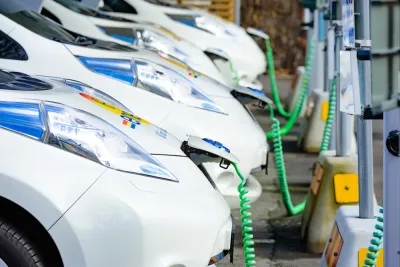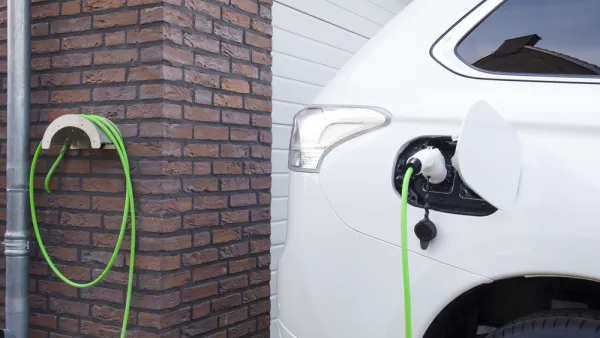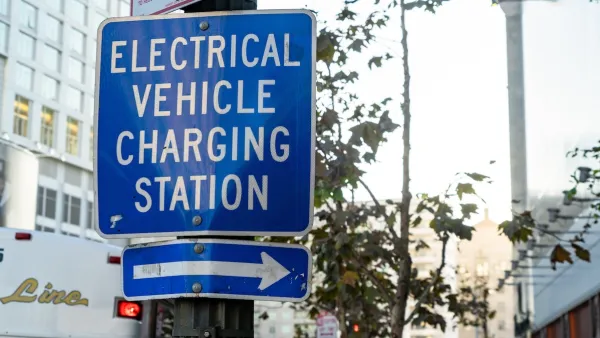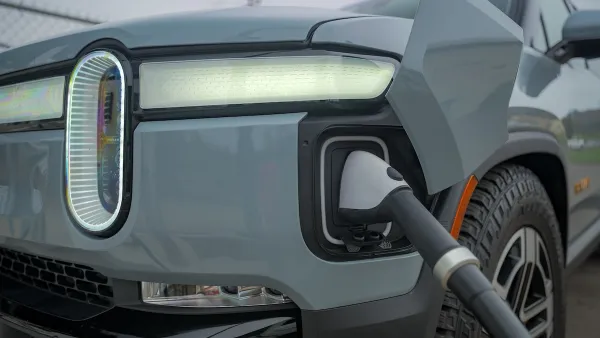People won't drive electric vehicles much differently than they drive gas powered vehicles. That means charging infrastructure will be needed in communities to supply electricity for many short drives.

The U.S. Department of Energy's Office of Energy Efficiency and Renewable Energy this month released an analysis of the nation's electric vehicle infrastructure, designed to establish expectations for the amount of infrastructure necessary to support both plug-in hybrid electric vehicles (PHEVs) and battery electric vehicles (BEVs).
The analysis is organized into four geographic areas: cities, towns, rural areas, and Interstate Highway System corridors.
Among the concerns addressed in each category of geographic area is the amount of non-residential direct current fast charging (DCFC) stations necessary to assuage the "range anxiety" of electric vehicle owners. "To ensure that BEV drivers in cities are never more than 3 miles from a DCFC station, approximately 4,900 DCFC stations are required across the United States," explains the Executive Summary of the report. "Providing the same level of coverage for towns would require approximately an additional 3,200 DCFC stations."
Comparatively, "[t]he analysis finds that approximately 400 corridor DCFC stations (spaced 70 miles apart on average) are required to provide convenient access to BEV drivers across the U.S. Interstate System." It doesn't require a calculator to figure out that community-based electric vehicle infrastructure will ne needed in much larger supply than infrastructure on the highways that connect communities.
FULL STORY: National Plug-In Electric Vehicle Infrastructure Analysis

Analysis: Cybertruck Fatality Rate Far Exceeds That of Ford Pinto
The Tesla Cybertruck was recalled seven times last year.

National Parks Layoffs Will Cause Communities to Lose Billions
Thousands of essential park workers were laid off this week, just before the busy spring break season.

Retro-silient?: America’s First “Eco-burb,” The Woodlands Turns 50
A master-planned community north of Houston offers lessons on green infrastructure and resilient design, but falls short of its founder’s lofty affordability and walkability goals.

Test News Post 1
This is a summary

Analysis: Cybertruck Fatality Rate Far Exceeds That of Ford Pinto
The Tesla Cybertruck was recalled seven times last year.

Test News Headline 46
Test for the image on the front page.
Urban Design for Planners 1: Software Tools
This six-course series explores essential urban design concepts using open source software and equips planners with the tools they need to participate fully in the urban design process.
Planning for Universal Design
Learn the tools for implementing Universal Design in planning regulations.
EMC Planning Group, Inc.
Planetizen
Planetizen
Mpact (formerly Rail~Volution)
Great Falls Development Authority, Inc.
HUDs Office of Policy Development and Research
NYU Wagner Graduate School of Public Service




























